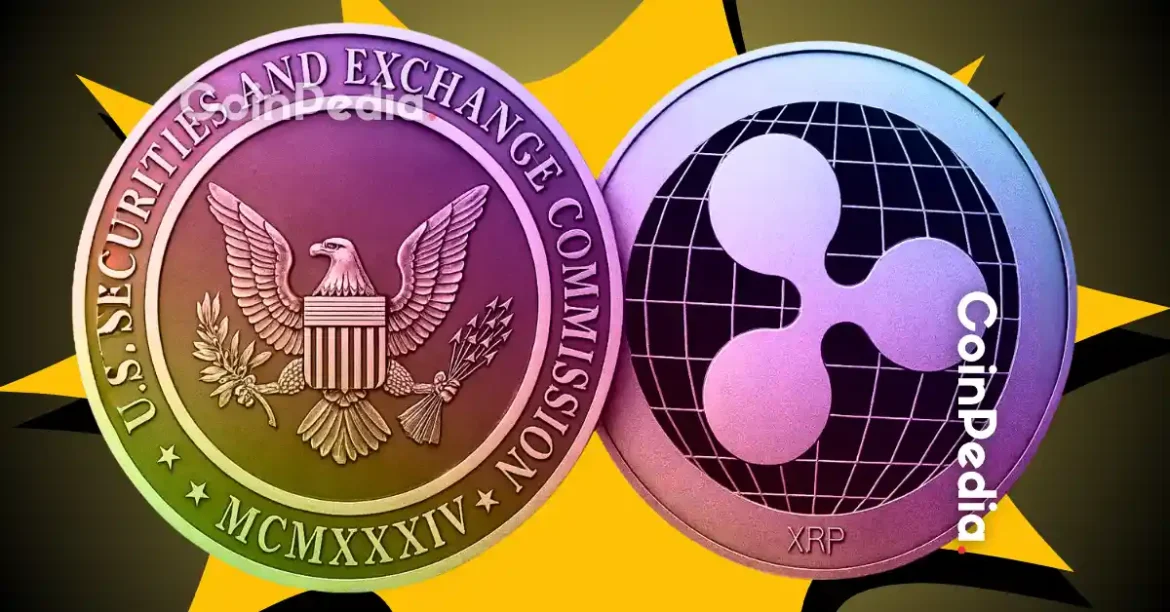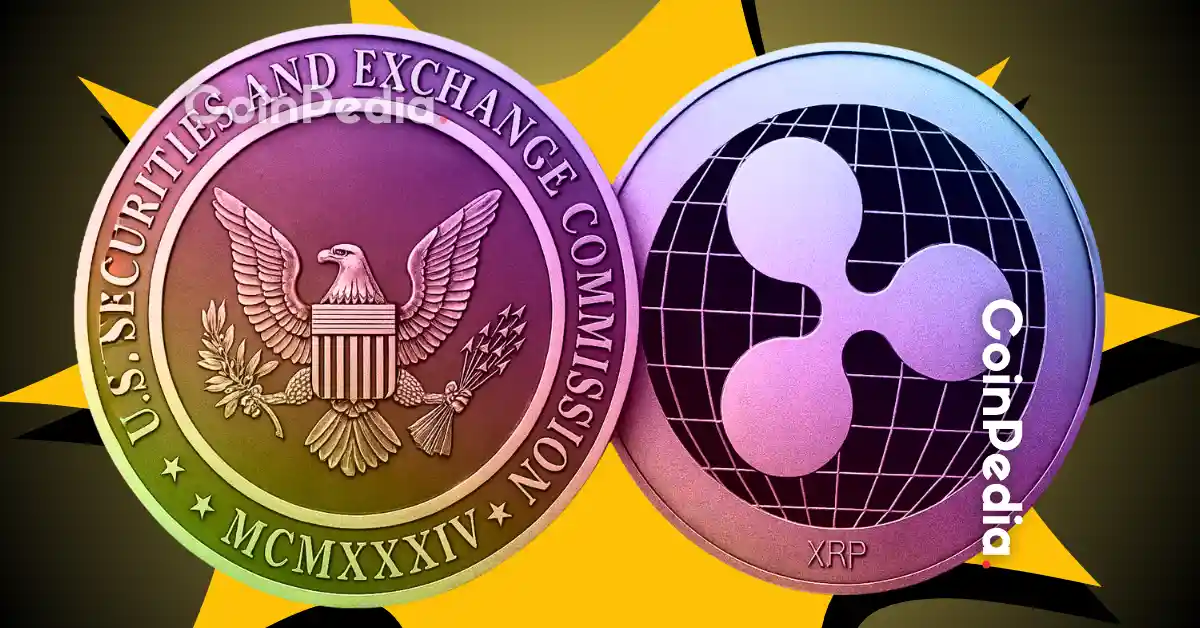The Ripple vs. SEC Saga: A Pivotal Moment for Cryptocurrency Regulation
Introduction: A Legal Battle with Far-Reaching Implications
The legal confrontation between Ripple Labs and the U.S. Securities and Exchange Commission (SEC) has become a defining moment in the cryptocurrency industry. This high-stakes battle, which began in December 2020, has captivated the attention of investors, regulators, and crypto enthusiasts alike. At its heart, the case hinges on a fundamental question: Should Ripple’s XRP token be classified as a security? The answer to this question could reshape the regulatory landscape for digital assets, influencing how other cryptocurrencies are treated under U.S. law.
The Core of the Dispute: Security or Currency?
The SEC’s primary argument is that Ripple and its executives, Brad Garlinghouse and Chris Larsen, raised over $1.3 billion through the unregistered sale of XRP, violating securities laws. The SEC contends that XRP should be classified as a security because it meets the criteria outlined in the Howey Test—a legal framework used to determine whether an asset qualifies as an investment contract. According to the SEC, XRP investors were led to expect profits based on Ripple’s efforts, which aligns with the definition of a security.
Ripple, however, vehemently disagrees. The company argues that XRP is a currency designed to facilitate cross-border payments and does not meet the criteria of a security. Ripple’s defense hinges on the idea that XRP is a utility token, not an investment vehicle. This distinction is crucial because if XRP is deemed a security, Ripple would face stricter regulatory oversight, potentially stifling innovation and limiting the token’s adoption.
The Torres Ruling: A Mixed Verdict
A significant turning point in the case came on August 7, 2024, when Judge Analisa Torres issued a ruling that provided a partial victory for Ripple. The court found that XRP sales to institutional investors did constitute an unregistered security offering. However, the court also ruled that XRP sales on exchanges and through programmatic sales did not meet the definition of a security. This distinction was groundbreaking, as it suggested that the regulatory status of digital assets depends on the context of their sale.
The ruling was celebrated by Ripple and the broader crypto community as a landmark decision. It brought much-needed clarity to the regulatory landscape, indicating that not all digital assets should be treated the same. The ruling also highlighted the importance of considering the specific functionalities and distribution methods of digital assets when determining their regulatory status.
The Legal Labyrinth: Appeals and Cross-Appeals
Following Judge Torres’ ruling, both the SEC and Ripple filed appeals, seeking to challenge aspects of the decision. The SEC aimed to contest the ruling that XRP sales on exchanges were not securities, while Ripple sought to overturn the finding that institutional sales did constitute securities offerings. These appeals added another layer of complexity to the case, prolonging the uncertainty surrounding XRP’s regulatory status.
However, in a surprising turn of events, Ripple dropped its cross-appeal in early July 2025. This decision was widely interpreted as a strategic move to expedite the resolution of the case and avoid further legal expenses and distractions. The move signaled Ripple’s willingness to finalize a settlement and move forward, potentially paving the way for a resolution.
The Path to Settlement: A Potential $50 Million Deal?
With Ripple dropping its cross-appeal, speculation has mounted that the SEC may soon follow suit and withdraw its appeal as well. Several legal experts have suggested that a settlement between the two parties is increasingly likely, potentially paving the way for a final resolution of the case.
Rumors have circulated that a settlement could involve Ripple paying a fine to the SEC, potentially in the range of $50 million. While this would represent a significant sum, it would be a relatively small price to pay compared to the potential costs and uncertainties of a prolonged legal battle. A settlement would allow Ripple to put the lawsuit behind it and focus on developing its technology and expanding its business operations.
Timelines and Predictions: When Will the Saga End?
Predicting the exact timeline for the final resolution of the Ripple vs. SEC case is a challenging task, as legal proceedings can be unpredictable. However, based on recent developments and expert opinions, several potential timelines have emerged.
Some legal experts have suggested that the SEC may withdraw its appeal and finalize a settlement before August 15, 2025, when both parties are expected to file status reports. This timeline would align with Ripple’s decision to drop its cross-appeal and the growing momentum towards a settlement.
Other observers believe that the case could extend into December 2025, depending on the SEC’s internal procedures and the complexity of the settlement negotiations. Even if a settlement is reached, it would still need to be approved by the court, which could take additional time.
Fred Rispoli, founder of Hodl Law, has outlined a clear path for the full resolution of the lawsuit, emphasizing the importance of both parties following the proper legal process, including filing comprehensive documentation and providing compelling evidence. He suggests that a resolution could come as early as July 2025 if both parties proceed diligently.
The Implications for XRP and the Crypto Market
The resolution of the Ripple vs. SEC case will have significant implications for XRP and the broader cryptocurrency market. If the SEC withdraws its appeal and a settlement is reached, it would likely remove a major overhang on XRP, potentially leading to a surge in its price and increased adoption.
A favorable outcome for Ripple could also set a precedent for crypto regulation, providing greater clarity on how digital assets should be classified and regulated. This could encourage innovation and investment in the crypto industry, fostering its growth and development.
Conversely, if the SEC continues to pursue its appeal and ultimately prevails in court, it could have a negative impact on XRP and the crypto market. It could lead to increased regulatory scrutiny of digital assets and potentially stifle innovation.
Conclusion: Awaiting the Final Chapter
The Ripple vs. SEC lawsuit has been a long and arduous journey, filled with legal complexities and uncertainties. While the outcome remains uncertain, recent developments suggest that the end may be in sight. The dropping of Ripple’s cross-appeal, the rumors of a potential settlement, and the timelines outlined by legal experts all point towards a possible resolution in the coming months. Whether the saga ends with a whimper or a bang remains to be seen, but one thing is certain: the final chapter will have a profound impact on XRP and the future of crypto regulation. The crypto world watches with bated breath, awaiting the final verdict that will shape the landscape for years to come.





